Converting Fluorescent to LED Lighting
Converting Fluorescent to LED Lighting
involves replacing traditional fluorescent light bulbs with energy-efficient LED alternatives. This upgrade is becoming increasingly popular for businesses and homeowners due to its energy savings, long lifespan, and environmental benefits. Here’s a breakdown of the process and advantages:
Why Convert Fluorescent to LED?
- Energy Efficiency: LEDs use significantly less energy compared to fluorescent bulbs, which can lower electricity bills.
- Longer Lifespan: LED bulbs last much longer than fluorescent bulbs, reducing the frequency of replacements.
- Environmentally Friendly: LEDs contain no harmful mercury, unlike fluorescent bulbs, which can be hazardous to the environment.
- Improved Lighting Quality: LED lights provide a more consistent and brighter light, with instant-on features and dimming capabilities.
- Lower Maintenance Costs: Due to their durability and long life, LEDs require less frequent maintenance and replacement, saving on labor costs.
How to Convert Fluorescent to LED:
- Direct Replacement (Plug-and-Play): Many LED tubes are designed to fit into the same fixtures as fluorescent tubes, requiring no rewiring. Simply remove the old fluorescent tube and install the new LED tube. This is the most convenient and straightforward option.
- Ballast Bypass (Retrofit): In some cases, the existing ballast (which regulates the current for fluorescent bulbs) may not be compatible with LED technology. In such cases, the ballast must be removed and the fixture rewired to bypass the ballast. This type of retrofit can be a bit more involved but is often necessary for older fixtures.
- Hybrid or Dual Mode: Some LED tubes are designed to work with or without a ballast, providing flexibility depending on the existing setup. These can be used in fixtures with an old ballast or after retrofitting.
Steps for Conversion:
- Turn Off Power: Before starting, make sure the power to the fixture is turned off to prevent electrical shock.
- Remove Fluorescent Bulbs: Carefully remove the old fluorescent bulbs and dispose of them according to local recycling guidelines, as they contain small amounts of mercury.
- Check the Fixture: Ensure that the fixture is compatible with the new LED bulbs. If necessary, remove the old ballast and rewire the fixture.
- Install LED Bulbs: Insert the new LED bulbs into the fixture, ensuring they are securely connected.
- Turn On the Power: Once the new bulbs are installed, restore power and test the lights.
Benefits of Converting to LED:
- Energy Savings: LEDs use up to 80% less energy than traditional fluorescent bulbs.
- Reduced Maintenance Costs: The long lifespan of LEDs means fewer replacements and lower maintenance costs.
- Better Light Quality: LEDs provide brighter, more uniform lighting and can be dimmed or tuned for desired effects.
- Lower Environmental Impact: LEDs are free of hazardous materials like mercury and are more eco-friendly than fluorescent lights.
In summary, converting fluorescent to LED lighting can save money, improve lighting quality, and reduce the environmental impact of your lighting system. Depending on your existing setup, the process can be a simple swap or a more involved retrofit, but the benefits are clear for both commercial and residential applications.


Shipping & Delivery
At Sign Maple Inc., we offer reliable and efficient shipping services across Ontario, Canada. We provide free shipping on all our products, ensuring a seamless and cost-effective experience for our customers.
For delivery times and tracking details, please contact us at Hello@SignMaple.ca or call (647) 679-1365.
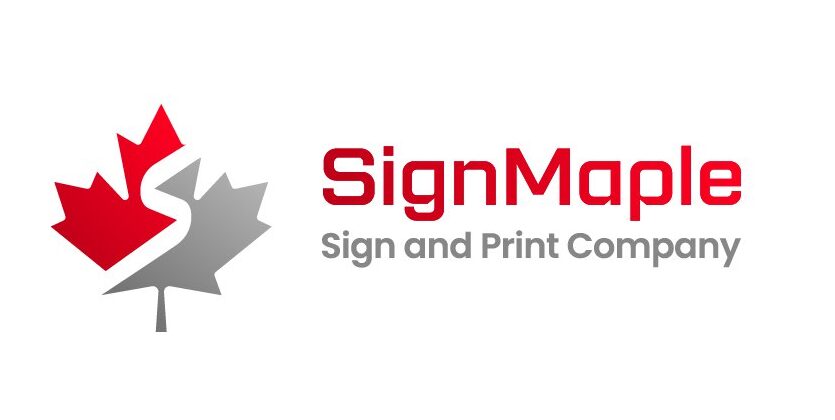
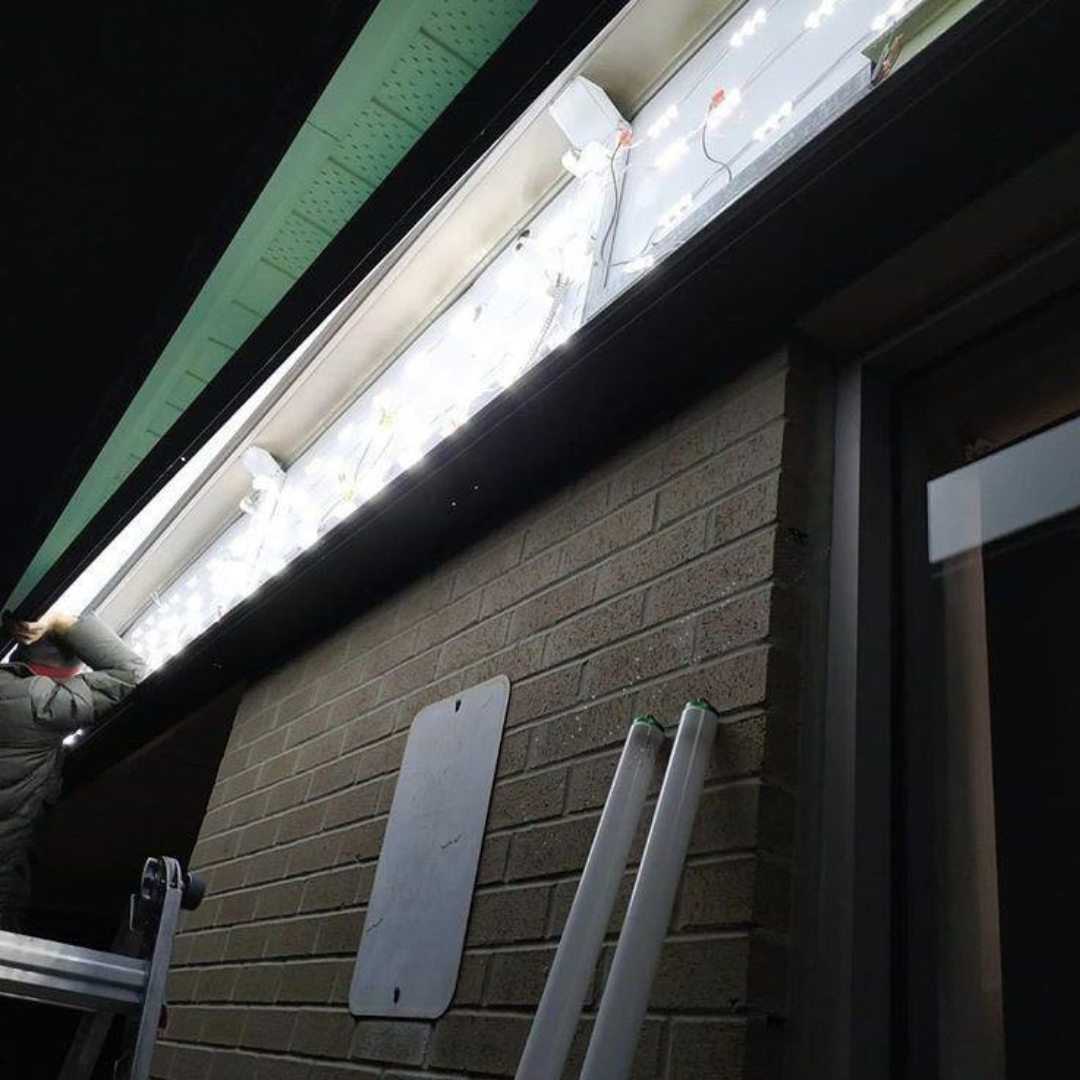

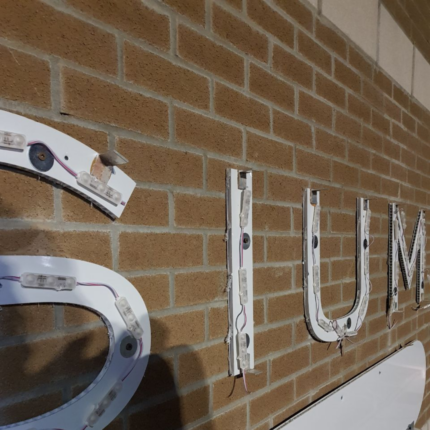










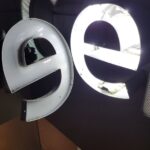



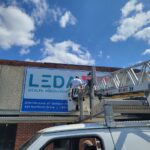
Reviews
There are no reviews yet.